In the realm of global cuisine, some dishes intrigue the adventurous while leaving others slightly bewildered. This article explores fourteen fascinating dishes, split between seven controversial delights and seven that challenge conventional limits.
Each dish showcases a unique cultural heritage and sparks curiosity, whether due to its bold flavors, unusual preparation, or daring ingredients. Prepare to embark on a culinary adventure that stretches from the traditional streets of Sardinia to the bustling markets of Tokyo, each offering a taste of the extraordinary.
1. Casu Marzu
A cheese so intense that it’s banned by the European Union, Casu Marzu hails from Sardinia and teeters on the brink of legality. Known as the ‘maggot cheese,’ it’s packed with live insect larvae that aid fermentation. The creamy texture and pungent aroma are not for the faint-hearted.
Connoisseurs describe it as an acquired taste, comparable to the thrill of extreme sports. Eating this cheese is a daring encounter with tradition, as locals embrace its boldness. Paired with a robust Sardinian red wine, it makes a defiant culinary statement.
2. Surströmming
Sweden offers a dining experience that’s more aromatic than most with Surströmming. This fermented herring, notorious for its potent smell, might just be the world’s smelliest dish. Each canister contains fish that has been fermenting for months, sometimes until the can bulges.
The flavor is surprisingly milder than the scent suggests, often enjoyed at outdoor gatherings to mitigate the intense aroma. Typically served with thin bread, potatoes, and onions, it’s a dish that speaks to the brave. Those who dare to try it discover a taste deeply rooted in Swedish tradition, where flavor and scent are a harmonious clash.
3. Century Eggs
Century Eggs, or pidan, are China’s culinary enigma. Despite their name, these eggs are preserved for weeks, not centuries. Transformed by a mixture of clay, ash, and quicklime, they take on a gelatinous consistency with a strong, savory punch.
Their appearance, dark and mysterious, can challenge culinary preconceptions. However, they are a beloved delicacy often paired with tofu or served in congee. Embracing Century Eggs is a rite of passage for adventurous eaters. With their distinctly umami flavor, they offer a taste of China’s rich culinary heritage and a testament to traditional preservation methods.
4. Hákarl
In Iceland, Hákarl is the ultimate test of culinary courage. Fermented shark meat, aged for months to curb its natural toxins, is the centerpiece of this daring delicacy. Its ammonia-like aroma is fierce, but connoisseurs appreciate its unique texture and flavor.
Traditionally, Hákarl is savored during the midwinter festival of Þorrablót, highlighting Icelandic resilience and resourcefulness. Paired with a shot of Brennivín, the local schnapps, it provides a uniquely Icelandic experience. Although initially shocking, Hákarl rewards the adventurous palate with a taste deeply embedded in Icelandic history and culture, making it a must-try for culinary explorers.
5. Balut
Amidst the vibrant streets of the Philippines, Balut stands as a symbol of traditional street fare. A fertilized duck egg, it contains a nearly developed embryo, challenging perceptions of what an egg dish can be. Served warm, the experience begins with sipping the savory broth before peeling the shell to reveal the embryo.
Often paired with vinegar or salt, it’s a snack full of texture and flavor. Balut isn’t just food; it’s an immersion into Filipino culture. This controversial delicacy combines the intrigue of street food with the boldness of tradition, reserved for the truly adventurous eater.
6. Nattō
Japan’s Nattō is a polarizing breakfast staple. Fermented soybeans, known for their sticky, stringy texture, elicit strong reactions. For some, the pungent aroma is off-putting; for others, it’s a beloved culinary staple. Rich in protein and probiotics, Nattō is often eaten with rice and seasoned with soy sauce or mustard, providing a nutritious start to the day.
Its taste, nutty and slightly earthy, is an acquired delight. In the world of Japanese cuisine, Nattō holds a special place, celebrated for both its health benefits and its ability to challenge the palate. It’s a dish that defines Japanese culinary diversity.
7. Durian
Often dubbed the ‘king of fruits,’ durian entices some while repelling others. Its robust aroma, described as a mix of sweet and rotten, has led it to be banned in many public spaces across Asia. Despite its smell, the creamy and rich flavor of its flesh is a delight for those who dare to try.
Revered in Southeast Asian culinary traditions, it’s often used in desserts and savory dishes. Whether loved or loathed, durian is an unforgettable fruit that embodies the bold flavors of Southeast Asia. It invites curiosity, offering a sensory experience unlike any other.
8. Stinkheads
Alaska provides a unique culinary challenge with Stinkheads, fermented fish heads traditionally prepared by the indigenous Yupik people. This dish, with its strong aroma, speaks to the resilience and resourcefulness of the Arctic culture. Prepared by burying fish heads in the ground to ferment, the result is a potent flavor that’s both nourishing and intense.
It’s a true testament to traditional preservation techniques in harsh climates. Stinkheads are more than just a meal; they represent a deep connection to ancestral survival and cultural identity. For those willing to embrace it, this dish offers a taste of true Arctic life.
9. Tuna Eyeballs
In Japan, nothing goes to waste, including Tuna Eyeballs. This unusual delicacy is not only visually striking but also a testament to the Japanese ethos of utilizing every part of the fish. Cooked in soy sauce and ginger, the taste is surprisingly mild, with a gelatinous texture around the pupil.
Often served in izakayas, these eyeballs are a conversation starter and a culinary adventure. Eating Tuna Eyeballs is a leap into the depths of Japanese culinary creativity. It challenges diners to rethink seafood and appreciate the full spectrum of flavors from the sea.
10. Fried Tarantulas
Cambodia offers a crunchy challenge with Fried Tarantulas. Once a necessity during Khmer Rouge’s food shortages, they have now become a sought-after street snack. Deep-fried to a crisp exterior with a soft interior, these arachnids are seasoned with salt and garlic, offering a unique, savory bite.
They are often served with lime, adding a citrusy zest. Fried Tarantulas embody resilience and innovation, turning a survival food into a cultural delicacy. For those seeking adventure, they provide a glimpse into Cambodia’s resourceful spirit and culinary boldness.
11. Shirako
Japan continues to intrigue with Shirako, which translates to ‘white children,’ referring to the male cod’s sperm sacs. This creamy delicacy is celebrated for its subtle flavor and smooth texture. Often served raw or lightly cooked, Shirako is a seasonal treat found in Japanese fine dining.
Its taste is soft and buttery, appealing to those who appreciate the nuances of seafood. Shirako challenges perceptions of delicacy and dining, offering a glimpse into the sophisticated palate of Japanese cuisine. It’s a dish for the adventurous, celebrating the ocean’s diverse offerings.
12. Fruit Bat Soup
Guam’s Fruit Bat Soup is an exotic venture into island cuisine. Utilizing the native fruit bat, known as the flying fox, this dish is steeped in cultural significance and traditional preparation. The bat is simmered whole with coconut milk and spices, creating a rich and fragrant broth.
Its meat is tender, offering a complex flavor that’s both wild and wonderful. This dish is more than sustenance; it’s a cultural emblem of Guam’s heritage. For those eager to explore the untamed flavors of the Pacific, Fruit Bat Soup is an unparalleled experience.
13. Virgin Boy Eggs
In China, Virgin Boy Eggs are a springtime specialty with a unique twist. Prepared by boiling eggs in the urine of young boys, this tradition dates back centuries in Dongyang. The eggs acquire a distinctive flavor and visual appeal with their crackled shells.
Consumed as a health tonic, they are believed to provide invigorating benefits. Virgin Boy Eggs offer a taste of ancient Chinese customs and local beliefs. Though unconventional, they represent a deep cultural narrative, inviting curiosity and contemplation.
14. Fugu
Japan’s Fugu is a culinary gamble not for the faint-hearted. This pufferfish contains lethal tetrodotoxin, requiring chefs to undergo rigorous training and certification to prepare it safely. Served as sashimi, Fugu offers a delicate, subtle flavor, often accompanied by dipping sauces that complement its freshness.
The thrill lies in the balance of danger and culinary finesse. Eating Fugu is an experience that mingles risk with refinement. It’s a profound journey into Japanese discipline and artistry, where each bite is a testament to culinary mastery and audacity.
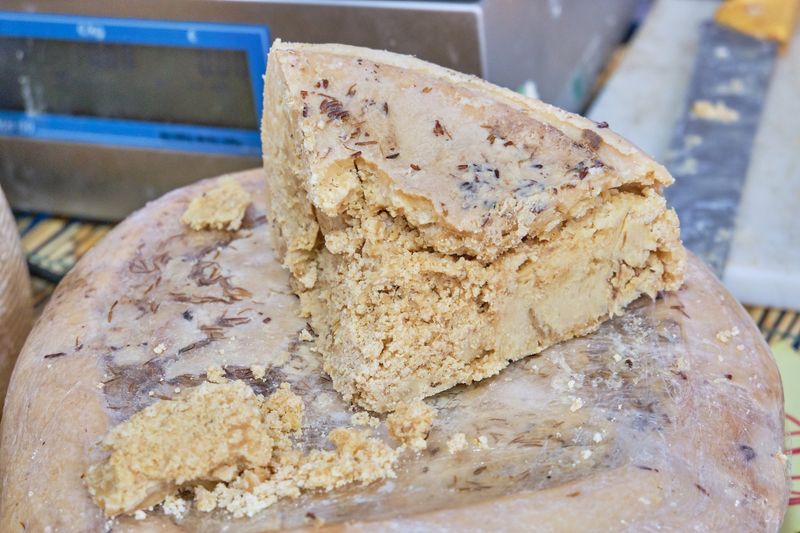
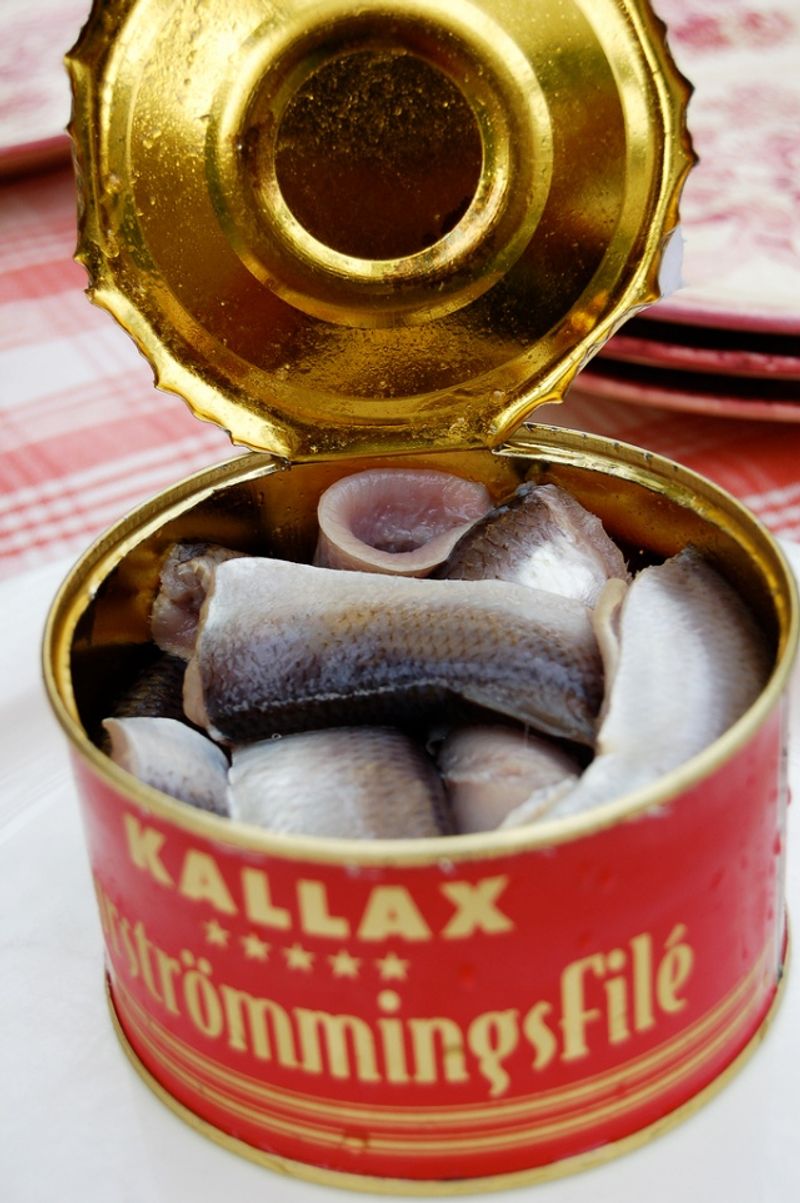
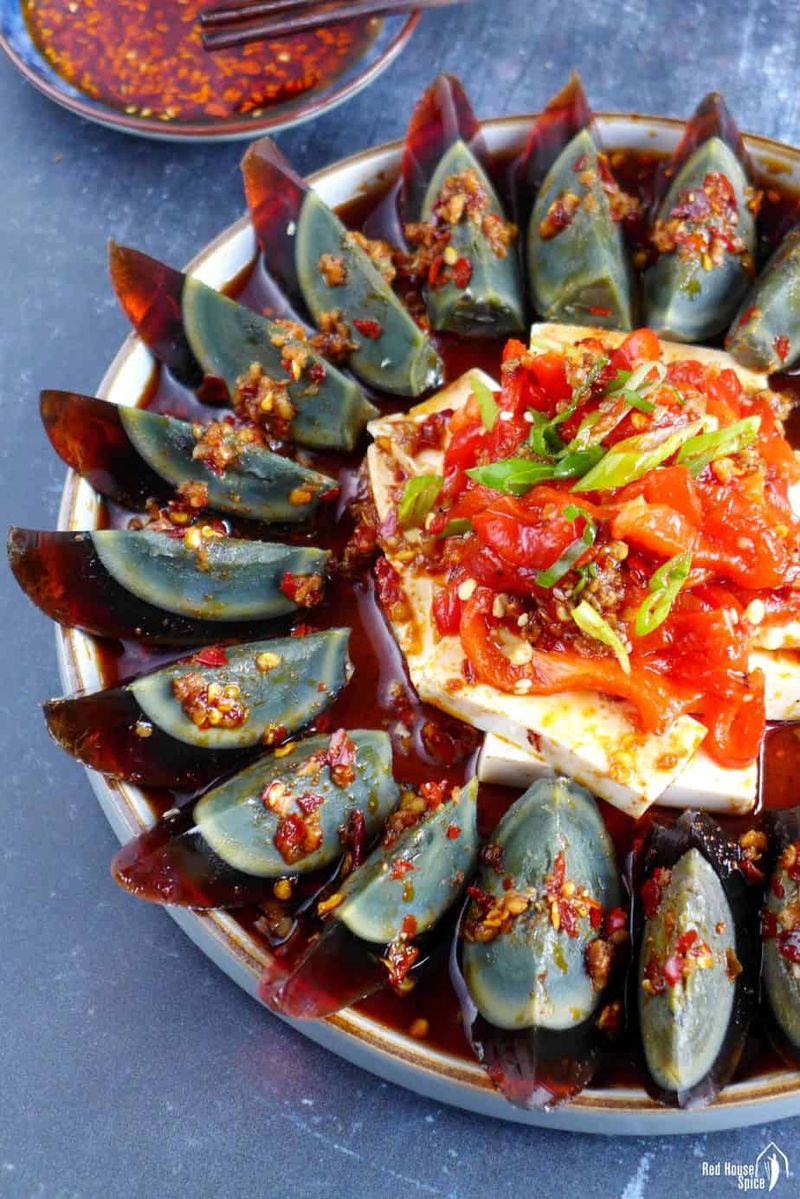



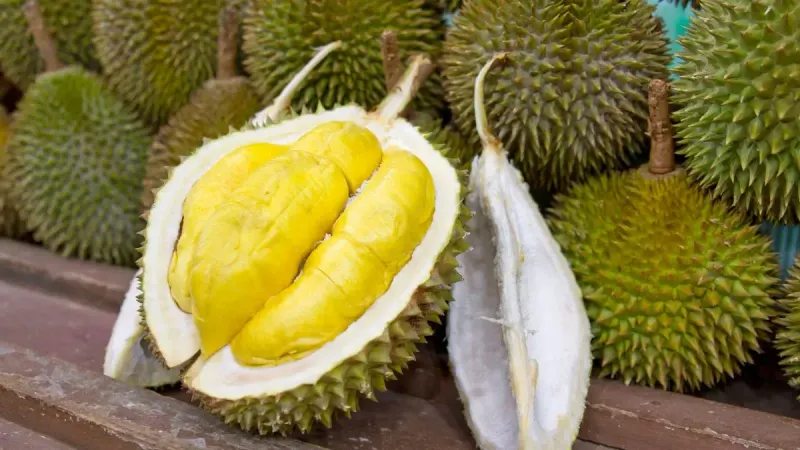
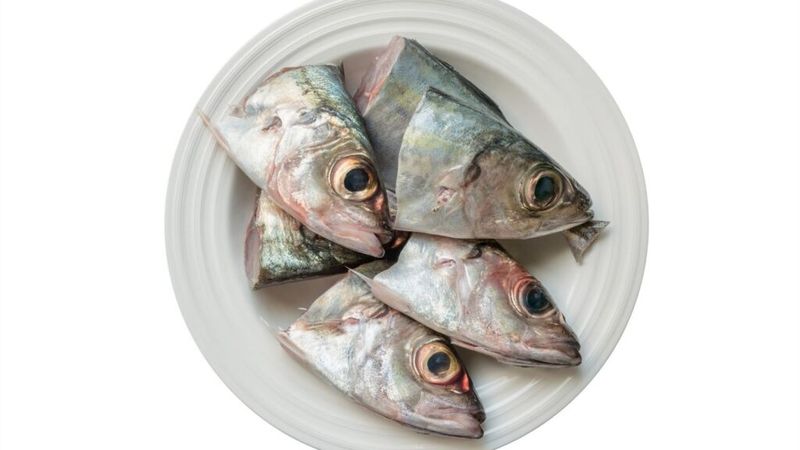
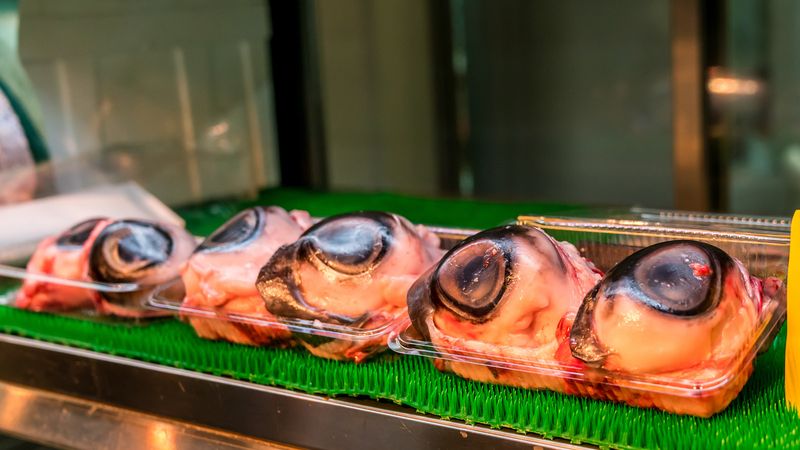
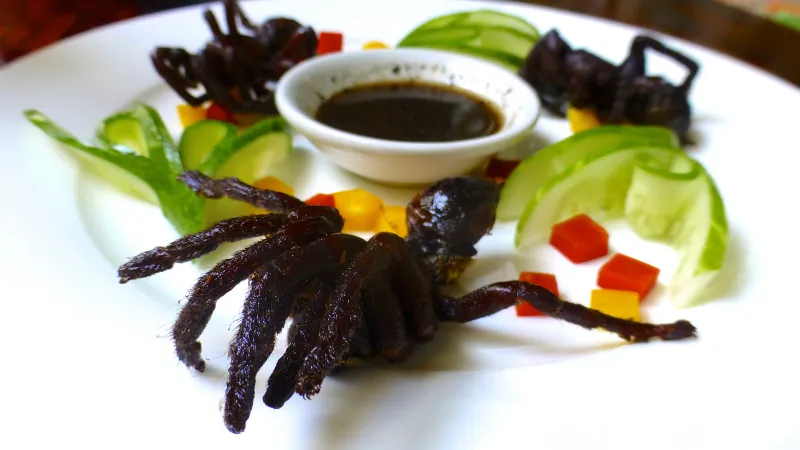
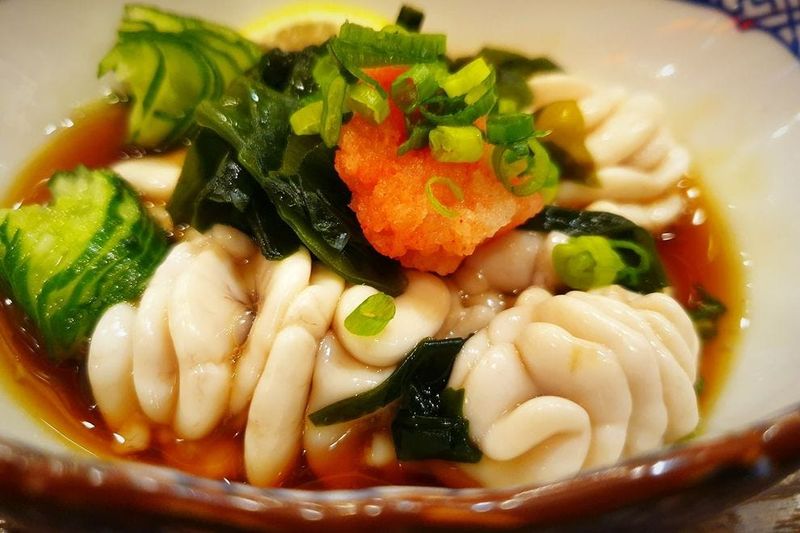
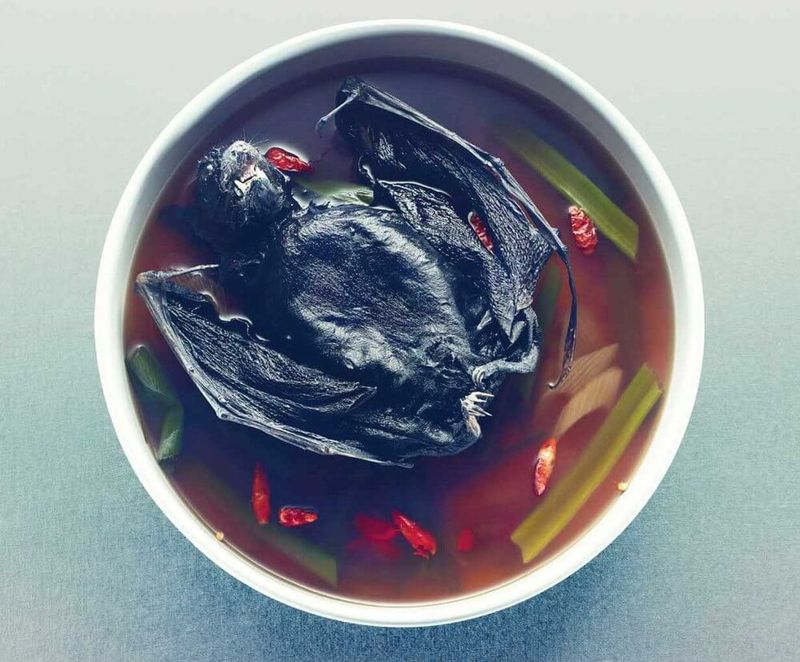
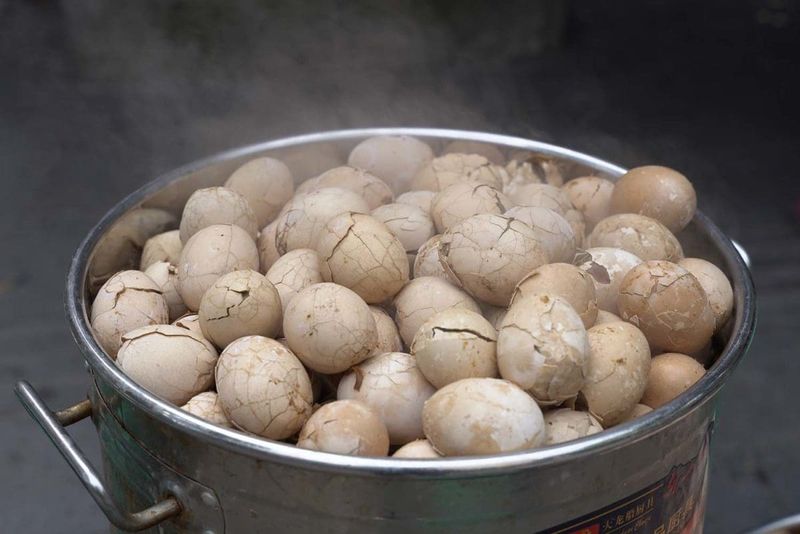
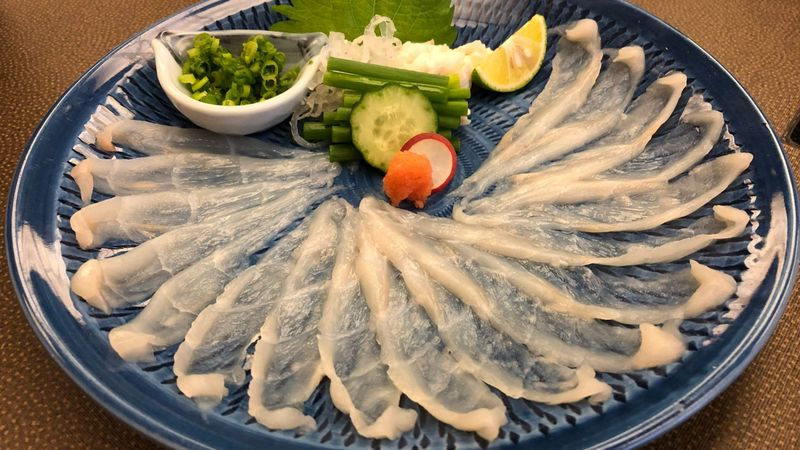
Leave a comment